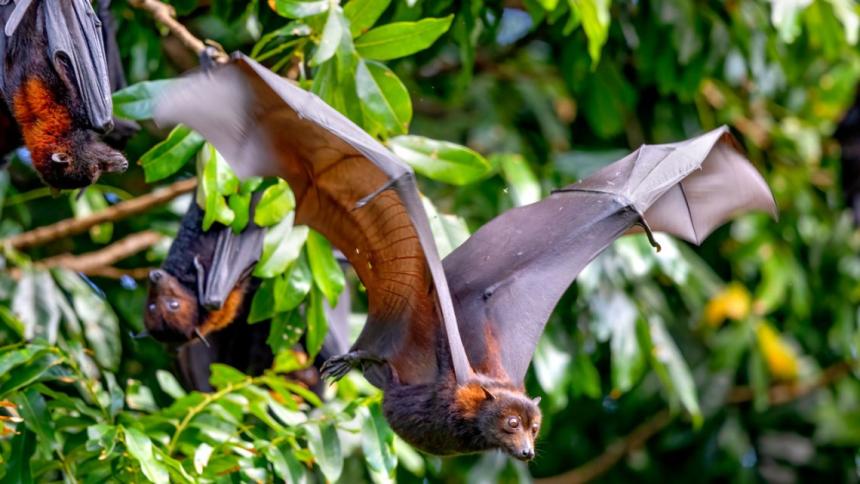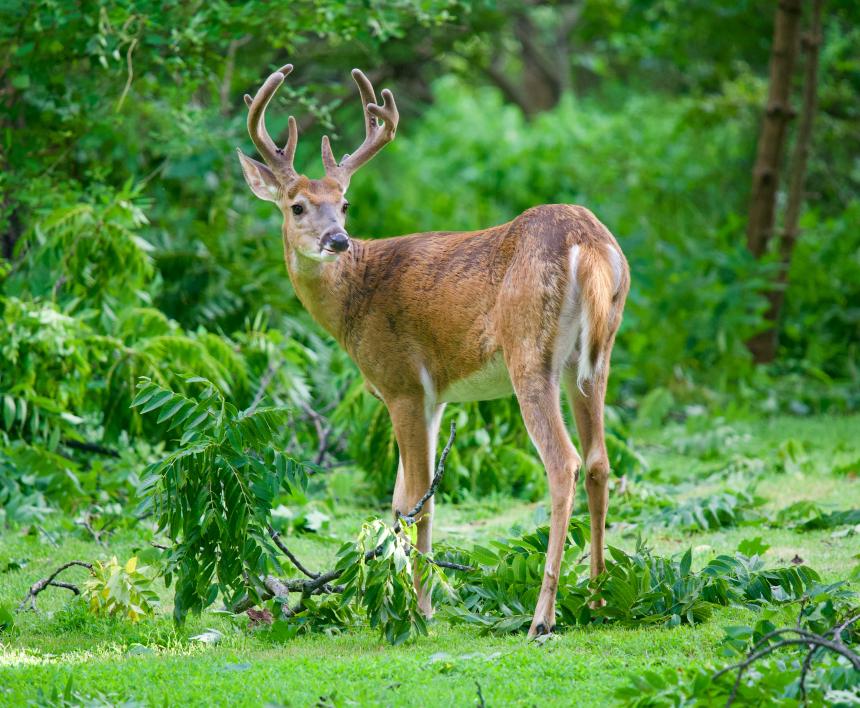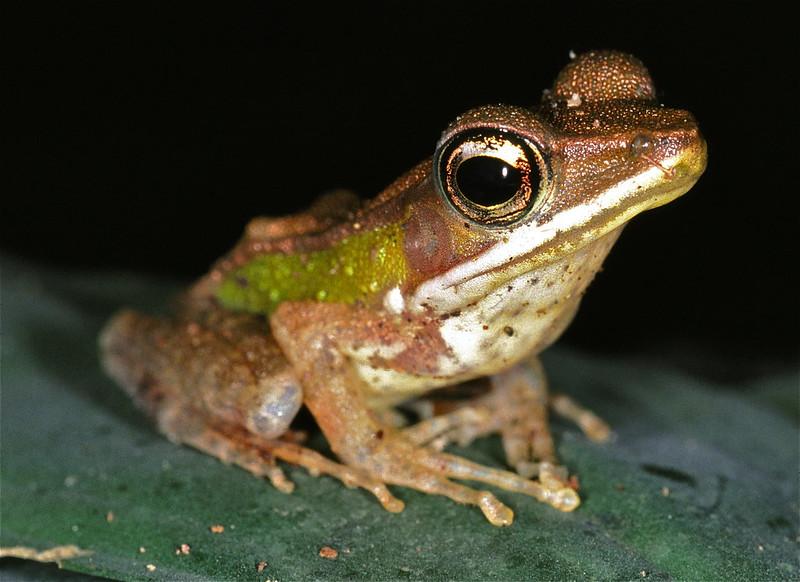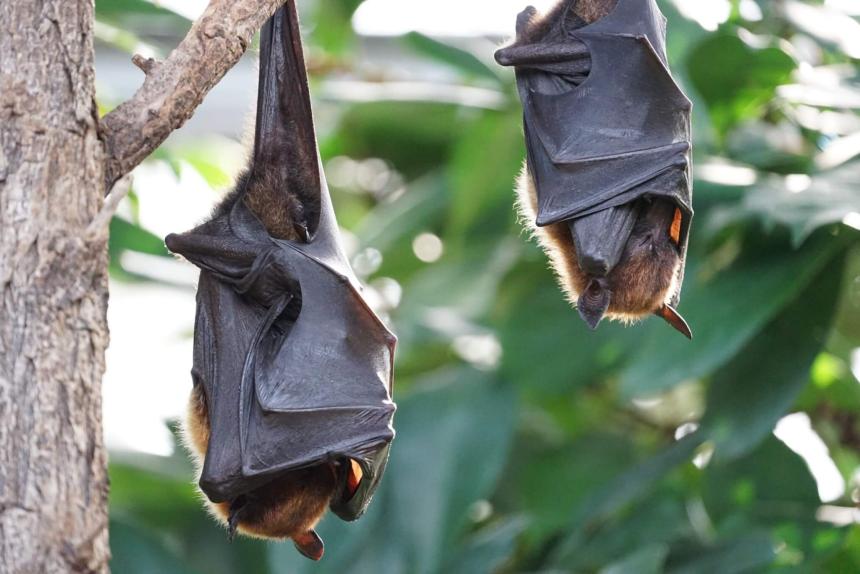In the News
April 04, 2024
Dr. Marta Castelhano, director of the Cornell Veterinary Biobank, received the 2024 Outstanding Achievement in Biobanking Award from the International Society for Biological and Environmental Repositories.

March 29, 2024
An international team led by Cornell's Dr. Raina Plowright has proposed a roadmap for how to prevent the next pandemic by conserving natural areas and promoting biodiversity.
Video
March 20, 2024
Cornell postdoctoral researcher Dr. Maggie Swift recently presented at the Savanna Science Network Meeting in Kruger National Park, South Africa on forecasting savanna elephant movements using agent-based modeling.
Video
March 18, 2024
Johns Hopkins Science Diplomacy Coordinator and Cornell alum Isabel Jimenez, DVM '21, speaks with Professor Steve Osofsky about his career in conservation and how up-and-coming applied scientists can enhance their chances of translating their work into real change for good.

Blog
March 15, 2024
I had never heard of Santa Catarina — an island in one of the most southern states of Brazil. It is known colloquially as Ilha da Magia (magic island) for its incredible beauty and folklore passed down by the native Manezinho people....

March 13, 2024
With its first confirmed case in January 2022, Louisiana joined a growing club of more than 30 states that have detected chronic wasting disease in deer. Once this disease is discovered, it is extremely hard to eradicate, says Cornell's Dr. Krysten Schuler.

Video
March 11, 2024
Dr. Sara Childs-Sanford, associate professor and section chief of wildlife medicine, describes opportunities for veterinary students at the Cornell University College of Veterinary Medicine.

March 08, 2024
When observing a hoard of golden-backed frogs at a roadside pond in India, a group of naturalists noticed something odd — one animal had a tiny mushroom sprouting out of its side. Cornell's Dr. Alyssa Wetterau Kaganer weighs in and finds the discovery fascinating.

March 06, 2024
A recent study by Cornell University and the Wildlife Conservation Society highlights the importance of leaving bats undisturbed in their natural habitats. Bats have been identified as reservoirs for numerous viruses that can cross over to humans, including the SARS-CoV-2 virus responsible for COVID-19.

March 04, 2024
The Cornell University College of Veterinary Medicine has recently welcomed many new faculty members, including Dr. Amandine Gamble, who studies infectious disease ecology, with a focus on pathogen dynamics in wildlife and at the human-wildlife interface.
